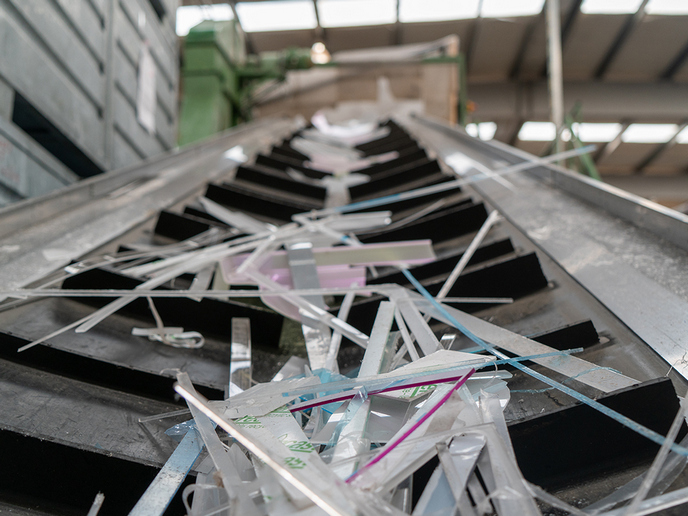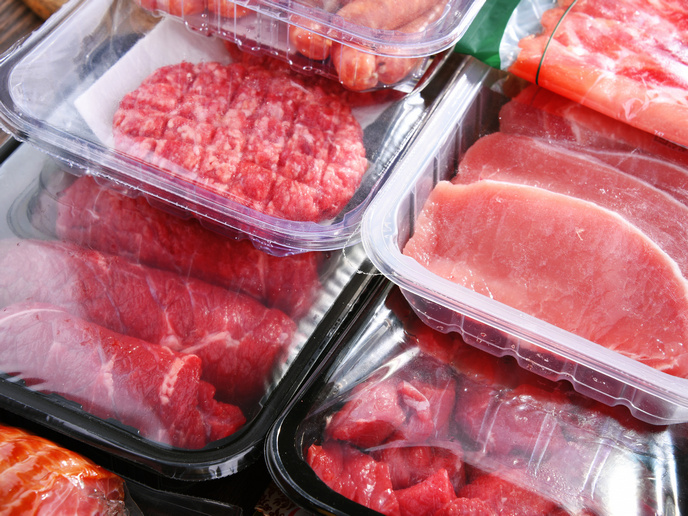Advanced technique for composite tank manufacture
Partners of the ZEM project addressed the issue of monitoring the structural integrity of composite high-pressure tanks for natural gas or hydrogen. Unlike the currently used costly and labour-intensive inspection techniques, the suggested approach relies on the use of novel fibre optic sensors and their embedding in high-pressure composite tanks. Special attention was paid to the composite tank manufacturing processes including wet and tow-preg filament winding. Filament winding is a fabrication technique for composite material structures. Most commonly, materials used include carbon and glass fibre coated with synthetic resins as they mould. On one hand the wet filament winding process involves fibres passing through a resin bath and then winding them onto a rotating mandrel. On the other hand in the tow preg winding procedure, the pre-impregnated fibre tows are placed on the rotating mandrel. Compared to the wet filament method, the tow-preg process was tested and found more appropriate in terms of production times, laminate quality and environmental-friendliness. The developed process is readily available for production. Although the wet-filament winding is considered less expensive due to low cost material used, the continuously increasing carbon fibre prices are expected to reduce the cost difference. Apart from composite tanks, tow-preg produced material is also suitable for large-scale production of carbon-epoxy pressure vessels. The process could also be employed in the manufacture of filament wound carbon-epoxy drive shafts and carbon-epoxy refuelling booms, for the marine and aerospace industry respectively.







